The 12 Years a Slave director presents an extensive piece of art that takes a unique view on life during World War II in Amsterdam
This new offering by British director Steve McQueen (12 Years a Slave, Hunger) veers from his usual dramatic storytelling to documentary territory, but calling it that is a misnomer. Occupied City is closer to a piece of visual art. Informed by the book, Atlas of an Occupied City: Amsterdam 1940-1945 by Bianca Stigter – Dutch writer, filmmaker and McQueen’s wife – the film is not structured like a traditional documentary. Whilst ostensibly detailing the Nazi occupation of Amsterdam during World War II, there’s no archive footage, no interviews, no visual historical content of any kind.
Instead, McQueen films specific addresses and locations within modern Amsterdam overlayed with a narration written by Stigter and read by actor, filmmaker and photographer Melanie Hyams. She delivers her performance with a detached calmness as she details the atrocities and acts of resistance that took place at each location during the Nazi occupation of the city. It’s a striking stylistic decision. At 4 hours and 22 minutes (including a 15-minute interval), Occupied City is a gruelling, challenging experience. Perhaps that’s the point.
The footage of Amsterdam coincides with the city entering Covid lockdown. Customers in a kebab shop watch on TV as the Prime Minister announces the Netherlands is ‘closing down’. Anti-lockdown protests are met with a violent police response. Graffiti appears on walls. Meanwhile, the narration describes Amsterdam under the iron fist of the Sicherheitspolizei (Nazi Security Police). We are told of curfews and Jews forced into hiding as we watch people isolating and weddings held in private. The film doesn’t editorialise these analogies, instead simply presents them to the viewer. With lockdown in full effect, signs of life give way to eerie silence. The narration disappears and the score by Oliver Coates morphs into something modern and discordant. Fixed camera positions give way to fluid movements, twisting and turning along streets and through tunnels.
As the lockdown restrictions ease, more political protests are documented. A left-wing anti-fascist rally; a commemoration of the Netherland’s role in slavery; a pro-Palestine demo. These events intermingle with footage of people going about their daily lives. Families skating on the frozen canals. Teenagers getting stoned in the park. A couple making out under a tree. All the while, the narrator continues her relentless drumbeat, detailing the murders, arrests, transportations, suicides and countless acts of human cruelty that took place during the occupation. Occasionally her voice is almost inaudible over the sounds of the world, of people talking, of music playing. Eventually you start to tune her out. Again, perhaps that’s the point.
The film isn’t entirely abstract. Inside Amsterdam’s National Holocaust Memorial, the camera slides over the tens of thousands of names listed. A set of brass Stolpersteine (stumbling stones) are hammered into the pavement outside a house, inscribed with the names of the Jews who once lived there. The film ends with footage of a bar mitzvah – the final shot is of a group of Jewish children charging joyfully through the doors of a synagogue – and as the credits roll, the first thing that comes to mind are the words of IRA member and hunger-striker Bobby Sands: “Our revenge will be the laughter of our children.”
Occupied City is no easy viewing, but there's no denying that it's a work of art worth witnessing.
By Barney Pell Scholes
Occupied City is out now in select UK cinemas. a24films.com
Read our interview with Bianca Stigter about her documentary Three Minutes: A Lengthening in the Winter 2023 issue of JR.


